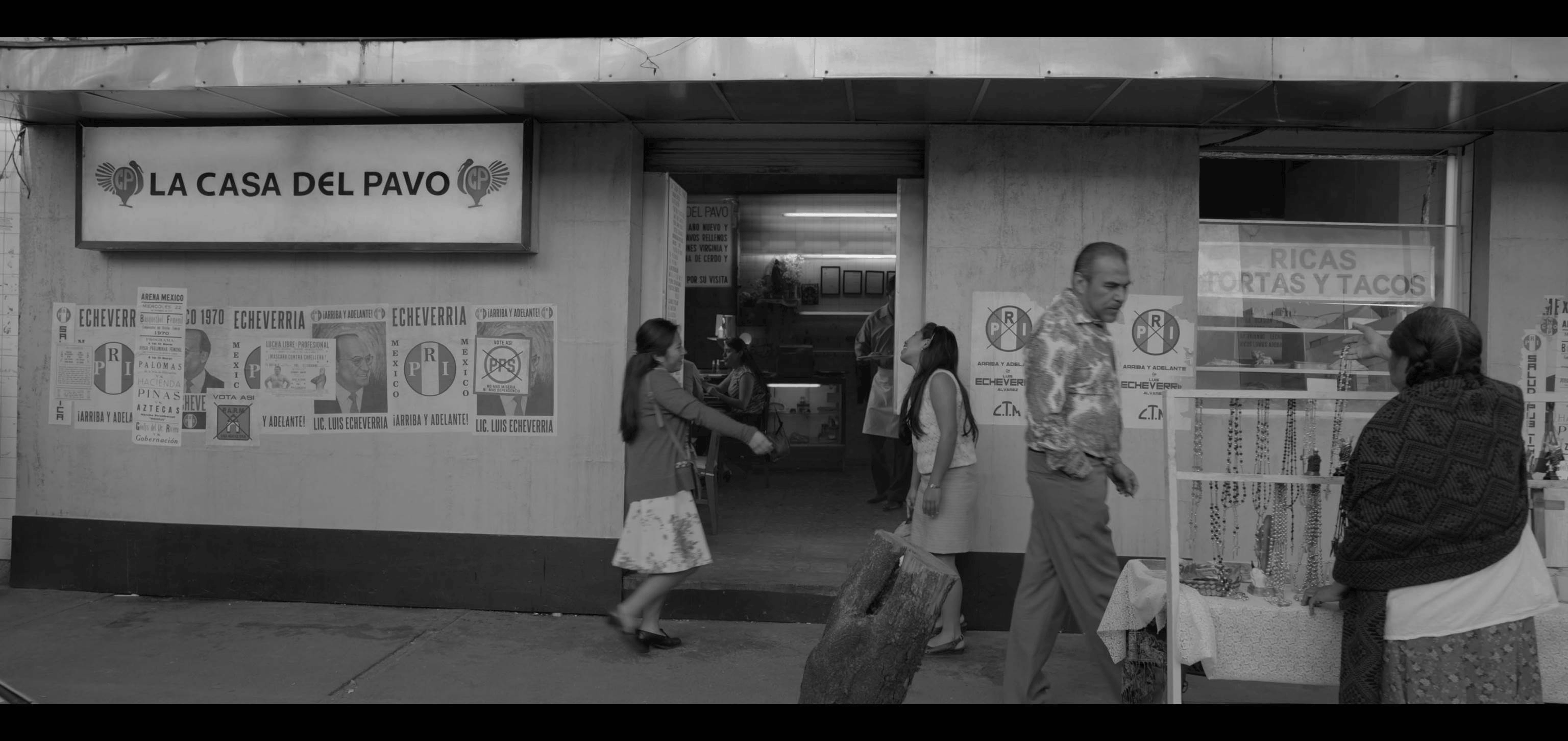“Roma is a visual effects film. It would have been impossible to create Roma without visual effects.” -Alfonso Cuarón
The most personal project to date from Academy Award-winning director and writer Alfonso Cuarón (Gravity, Children of Men, Y Tu Mama Tambien) is Roma. The movie shares the chronicles of a turbulent year in the lives of a middle-class family in 1970s Mexico City. Cuarón, inspired by the women from his childhood, delivers an artful ode to the matriarchy that shaped his world. The movie is a semi-autobiographical take by the director starring Yalitza Aparicio and Marina de Tavira .

M PC Film overall VFX Supervisor David Griffiths and VFX Producer Bryce Nielson led the team to create the photoreal visual effects of Roma. Stepping back from the complex blockbuster VFX the studio is known for putting talent and technology to craft stunning invisible effects for the movie.
To deliver Cuarón’s vision, MPC had to work around variety of sequences, with the main focus on compositing. Other work included animation, set extensions and restoring 1970’s Mexico City.

The director worked with MPC from the early stages of preproduction, to plan how to seamlessly integrate VFX into the movie and discussing the detail required to build the universe that the movie portrays. Here are some of the invisible VFX integration in the movie as per Cuaron :
- Cuaron required a photorealistic workflow based on reference photography, concept art provided by the production’s art department and a match graded to the 4K plate workflow. His vision was to recreate 1970’s Mexico City and to both replace and replicate the original reference photography and style of the street scenes, characters, vehicles and lighting set ups.

- Due to the time period that Roma is set in, MPC’s team were required to clean up modern features captured in the original photography by removing or replacing them with CG period features, using artwork provided by the client and recreated at MPC. This included set and street extensions, blue screen comps, DMP replacement artworks, day for night composites and a whole range of inserts ranging from entire cityscape backdrops, to simple street furniture.

- Almost every shot in Roma was touched in some way by compositing and many had multiple types of compositing tasks required. From adding elements, earthquake movements and effects including fire, smoke, embers and water elements, to building environment extensions both as environment builds in 3D and 2.5D projections and finally the compositing of DMP elements.
- There were also a number of shots where multiple plates from different takes were combined. This required the seamless blending of different lighting scenarios into one final look. Replacing the sky in the original photography was another of MPC’s tasks. All of the original plates were shot at 6k and 4K, so the VFX work was extremely detailed and time consuming.
- Finally there were day for night shots required a lot of plate re-grading, light manipulation, feature rebalancing and adding / removing features as well as adding DMP elements into the final shots.

Netflix had acquired publication rights of the movie, however, it did not publicly disclose box-office figures for Roma, according to some reports the film made $90,000–120,000 from three theatres in its opening weekend, 23 to 25 November, and a total of $200,000 over the five-day. Overall the movie’s magical portrayal of the waking of colourful world towards glorious day with exciting, spontaneous possibilities has made it stand out of the lot.

